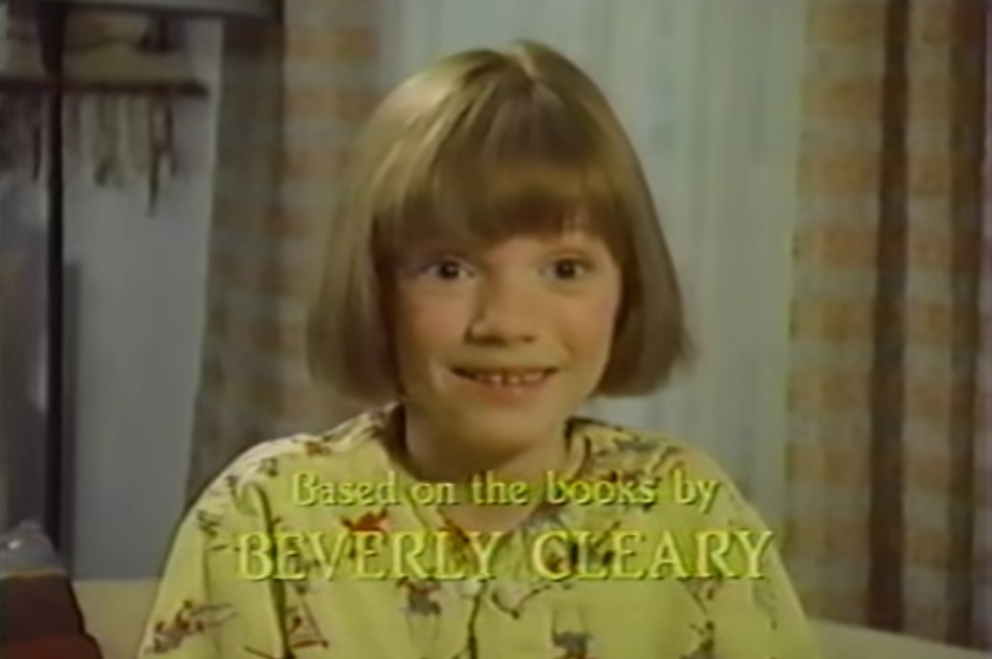‘Scrimping and Pinching to Make Ends Meet’: Celebrating the Way Beverly Cleary Wrote About Money

Today is Beverly Cleary’s hundredth birthday, and I want to have a conversation about Ramona Quimby.
When you think about Cleary’s best-known heroine—she had others, including Ellen Tebbits and Emily Bartlett, but everyone remembers Ramona—you might recall the chapters where Ramona cracks a raw egg on her forehead, squeezes an entire tube of toothpaste into the sink, or replaces her father’s cigarettes with rolled pieces of paper containing handwritten anti-smoking messages.
(That whole scene, where Mr. Quimby takes out one fake cigarette after another and Ramona watches his anger and frustration build until he finally admits that he should quit smoking, is heartbreaking.)
But the Ramona books aren’t just about a young girl whose enthusiasm for life gets her into trouble, and they aren’t just about a girl going through typical childhood experiences like “throwing up in front of the entire class.”
The books are also, fundamentally, about money.
When Ramona, bored and looking for something to play with, squeezes that infamous toothpaste into the bathroom sink, her parents don’t throw the toothpaste out. They scrape it out of the sink, put it into a plastic bag—which, for all we know, Mrs. Quimby may have used, washed, and dried on a kitchen rack—and tell Ramona that this is now her personal toothpaste, and she must use it until it’s gone.
Cleary writes this from Ramona’s perspective, sharing Ramona’s sadness at being “excluded from the family tube,” but older readers understand: this is a family that cannot afford to waste anything.
When Ramona’s older sister Beezus wants to get her hair professionally cut (instead of a “home haircut” with her mother at the scissors), she saves up her allowance so she can afford a cut at Robert’s School of Hair Design. This is also the chapter where Ramona declines a pushy salesperson by saying “we’re scrimping and pinching to make ends meet,” echoing what her parents have told her at home.
(Also, that salesperson is a jerk for pitching a child instead of her mother.)
The Quimbys are a working-class family, and Cleary incorporates this into every page of her eight Ramona volumes without ever once making it the focal point of the narrative. Here are some more examples you might remember:
The family staying off the telephone so they don’t tie up the line, hoping every incoming call is somebody offering Mr. Quimby a job. (Both Quimby parents work, and when Mr. Quimby gets laid off after a corporate merger, the family finances are strained even further.)
The Quimby girls each receiving a “small present” on the first day of school: a new pink eraser.
Ramona throwing up in front of the whole class on the day the unreliable family car is in the shop, spending the taxi ride home willing herself not to vomit because she knows the family can’t afford for her to throw up in a cab.
The family cat, Picky-Picky, refusing the cheap brand of cat food and eating the family’s jack-o’-lantern.
The night one of the parents forgets to plug in the slow cooker before leaving the house, and the stress of coming home hungry to a pot full of wasted food causes one of the biggest arguments Ramona has ever seen. (Her father slashes her mother’s pancake!)
The Quimby girls wearing too-small shoes, squeaky shoes, uncomfortable shoes. Ramona wearing too-short pajamas, worn-out pajamas, hand-me-down pajamas, finally a pair of new pajamas that are so soft that she wears them under her clothes to school. The family eating leftovers constantly, trying to eat tongue because it’s the cheapest meat, going to a Whopperburger for a special occasion and discovering that the man at the next table has offered to pay for their meal.
(This is a family where a stranger can tell, at a glance, that they might not need help paying for their meal, but they would very much appreciate it.)
Cleary’s Ramona books are a gift not only because they provide children with an identifiable heroine but also because the books give children an identifiable financial context. My family was not in the same income bracket as the Quimbys, but I also had leftovers and hand-me-downs and “home haircuts,” and sharing those experiences with Ramona helped me contextualize and normalize them. Ramona, unlike Laura Ingalls or Betsy Ray or Anne Shirley, was a contemporary peer. This is what girls growing up in the 1980s did, because Ramona was doing it too.
Did you also read the Ramona books growing up? Did you recognize the family’s financial struggles right away, or did that piece come together as you got older? Let’s celebrate Beverly Cleary and the way she wrote eight hugely successful books about a working-class family that kids are still reading—and identifying with—today.
Support The Billfold
The Billfold continues to exist thanks to support from our readers. Help us continue to do our work by making a monthly pledge on Patreon or a one-time-only contribution through PayPal.
Comments